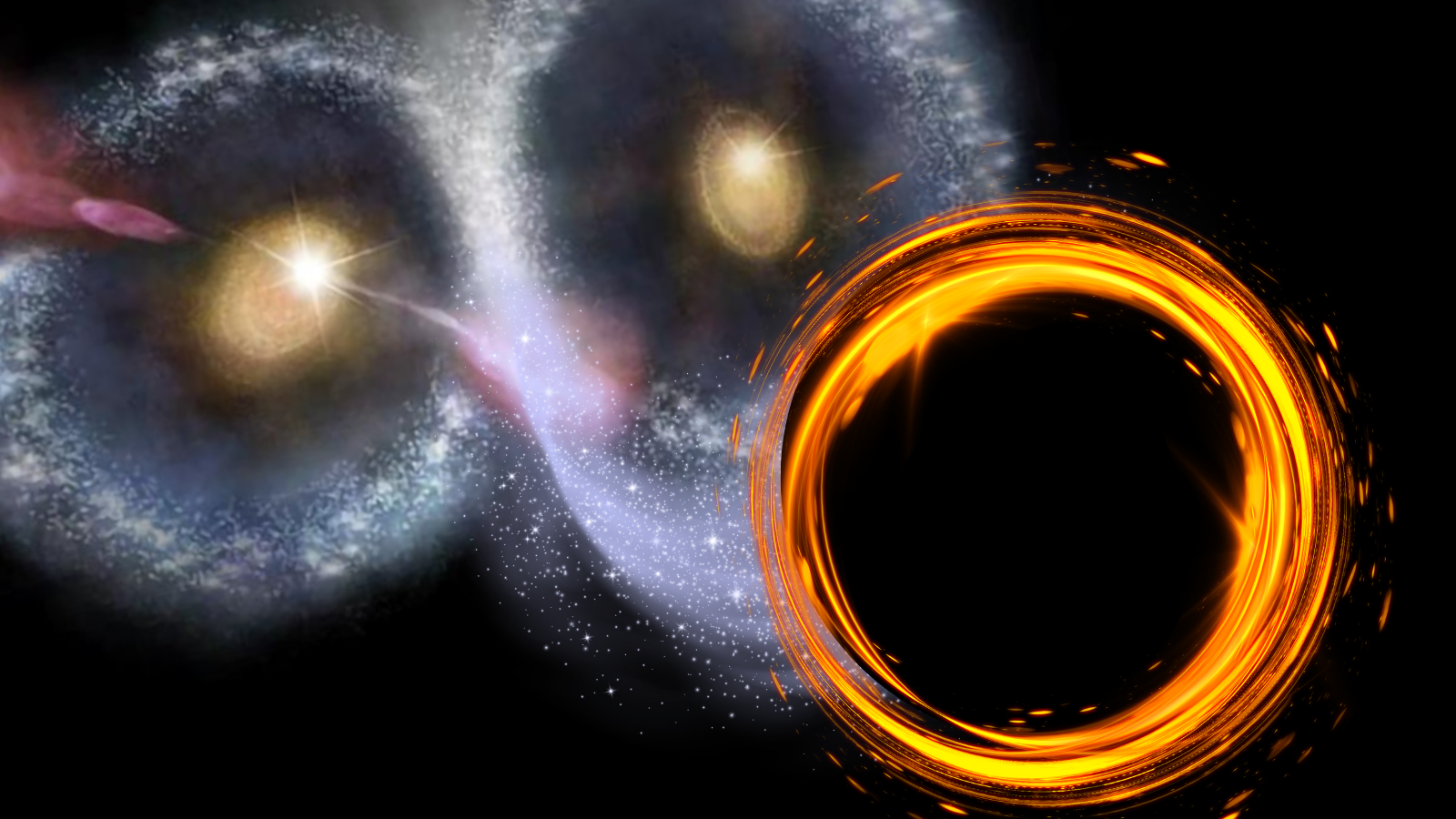NASA Imaging Technology Helps Fight Breast Cancer
Thesame software used by NASAscientists to determine thedepths of lakes from space could also be used by doctors to detectchanges inbreast density during mammograms.
Theimaging technology was approved inJuly by the U.S. Food and Drug Administration, under the name MED-SEG,for usein medical reports, though the software can't be used for diagnosisbecauseclinical tests haven't been conducted yet.
Abig problem with mammography is thatit's hard to detect cancers in a woman's breasts if the tissue is toodense, saidDr. Molly Brewer, a professor of gynecologic oncology at the UniversityofConnecticut Health Center. That could lead to missed opportunities tofind breastcancer early.
"Whathappens when a radiologistreads a mammogram,CT scan or an MRI, is they look at differences in density, but that'ssubjectto the human eye," Brewer said at a news conference today. "That'swhere differences can occur – we may not see with our eyes what acomputer cansee." [Photos:Comparison views from MED-SEG and traditional mammogram]
Howit works
TheMED-SEG could reduce the importanceof subjectivity in reading mammograms, and allow doctors to get clearerresultsfrom an imaging test. The software may also fill a void betweenmammograms,which don't always detect changes in density, and magnetic resonance imagingtests (MRIs), which are more sensitive but also expensive,and can falselyreveal problems that aren't really there, Brewer said.
Accuratelymeasuring breast density isimportant because previous research has found that among women withearlybreast cancer, those with the highest breast density are at the highestrisk for cancer recurrence.
Breaking space news, the latest updates on rocket launches, skywatching events and more!
Andmammograms currently miss up to 20percent of breastcancers. Doctors have a harder time diagnosing women withdense breasttissue because the tissue looks similar to tumors in mammograms,according tothe National Cancer Institute.
Breweris working with Bartron MedicalImaging Inc., the owner of MED-SEG, to develop clinical trials to testthesoftware in doctors' offices. The trials are set to start within thenext sixto eight months.
Thesoftware works because it doesn'tlook only at an image's individual pixels, which don't provide muchinformationor context by themselves, said developer James C. Tilton, a computerengineerat NASA’s Goddard Space Flight Center in Maryland, who developed thesoftware.
Instead,it groups pixels based on theirlevel of detail, and distinguishes hard-to-see details in the image, hesaid.
Detailedimages revealed
"[I]was surprised that something Ideveloped for a large-scale earth science study could be appliedeffectively onsuch a small scale," Tilton said.
Forexample, in a satellite image of theEarth, all lakes would appear blue and all land would appear green. Butin animage using the software, shallow lakes would have a different shade ofbluethan deeper lakes, he said.
Thesame goes for images of breastcells. Without the software, a cell is hard to distinguish from itsbackground.But the software enhances the activity happening in the cell, making iteasierto see fine detail, Tilton said.
Thetechnology also has potential use inexamining vegetation for agricultural purposes, said Nona Cheeks, chiefof theInnovative Partnerships Program Office at NASA.
- 3Lifestyle Choices Lower Breast Cancer Risk, Regardless of Family History
- The10 Deadliest Cancers and Why There's No Cure
- BreastCancer: Symptoms, Treatments and Prevention
This articlewas provided by MyHealthNewsDaily,a sister site of Space.com.
